A well-planned garden edge instantly upgrades any outdoor space, giving beds a crisp outline and helping to contain soil and mulch. From rustic materials to sleek, modern solutions, these edging ideas combine practicality with personality. Below are twelve creative options, each with a short note on when the idea first became popular and key details to help you plan.
1. Classic Brick Borders
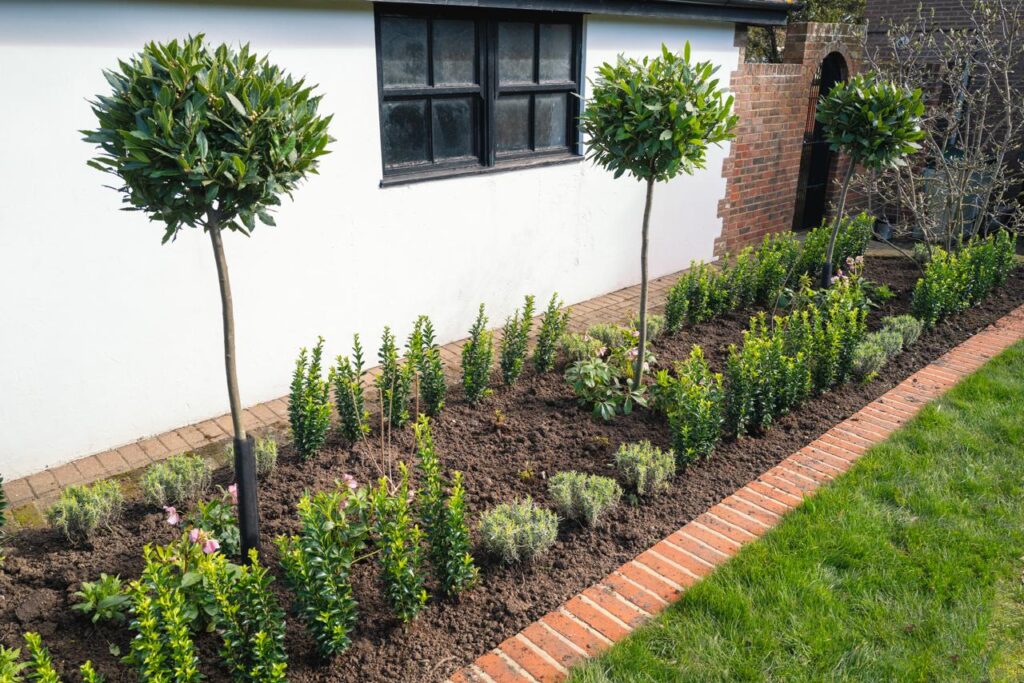
Brick edging has defined garden beds since the late 1800s, when surplus construction bricks were repurposed by homeowners. The uniform size makes installation straightforward: simply dig a shallow trench, set the bricks on edge, and tap them level. Their warm red tones suit cottage gardens or formal landscapes alike, while their durability means decades of service with minimal maintenance.
2. Natural Stone Strips
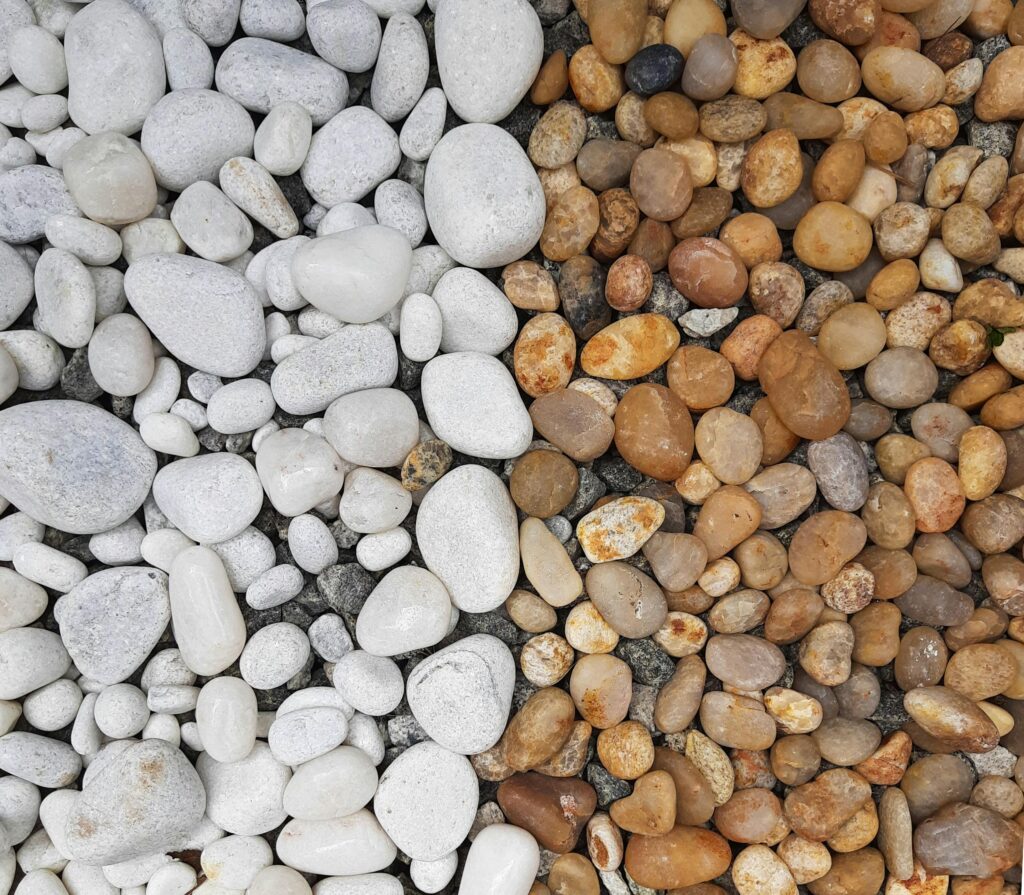
Gardeners have used locally quarried stone for edging since the early 1900s, valuing its organic look and sturdy nature. Flat stones, such as slate or limestone, can be dry-stacked or lightly mortared to create a solid boundary. The subtle color variations blend seamlessly with greenery, and the rough texture helps prevent mulch from washing into pathways after rain.
3. Steel Landscape Edging
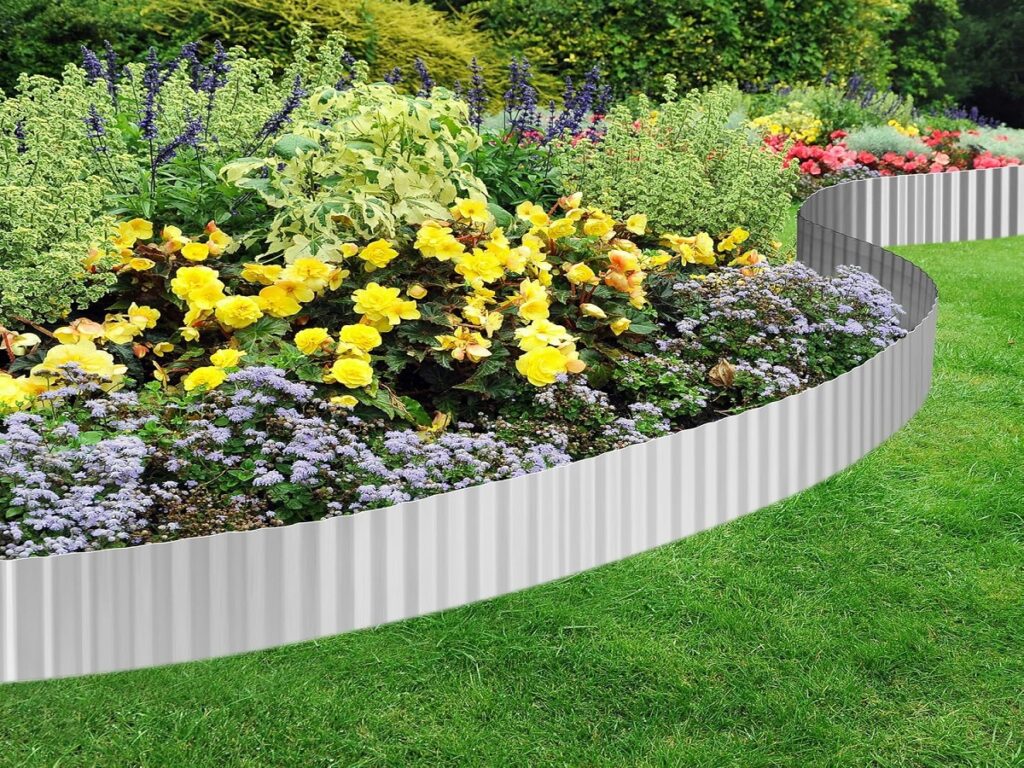
Introduced in commercial landscapes around the 1950s, steel edging remains a favorite for crisp, modern lines. Galvanized or powder-coated steel resists rust and flexes gently to curve around beds. Installation requires anchoring with stakes, but once set, it holds its shape for decades. Its slim profile almost disappears, highlighting plants rather than the border itself.
4. Concrete Curbing
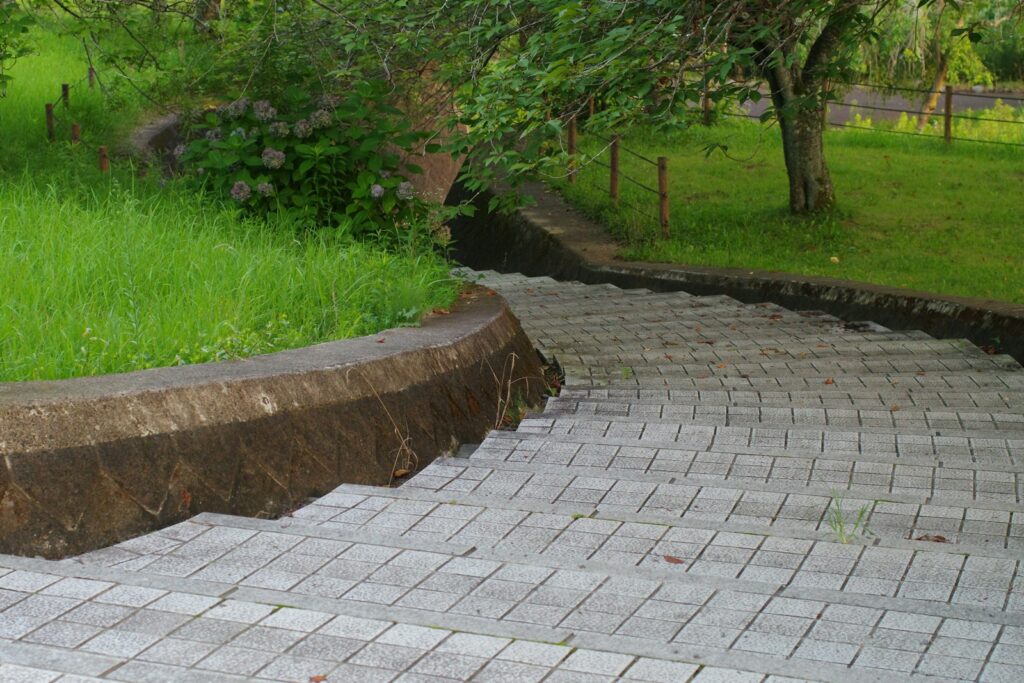
Precast concrete edging gained popularity in suburban developments of the 1960s for its clean look and low upkeep. Available in molded sections or custom-poured on site, it creates a smooth, continuous edge that’s perfect for driveways and expansive lawns. You can stain or stamp the surface for added texture, giving a high-end finish without frequent maintenance.
5. Wooden Landscape Timbers
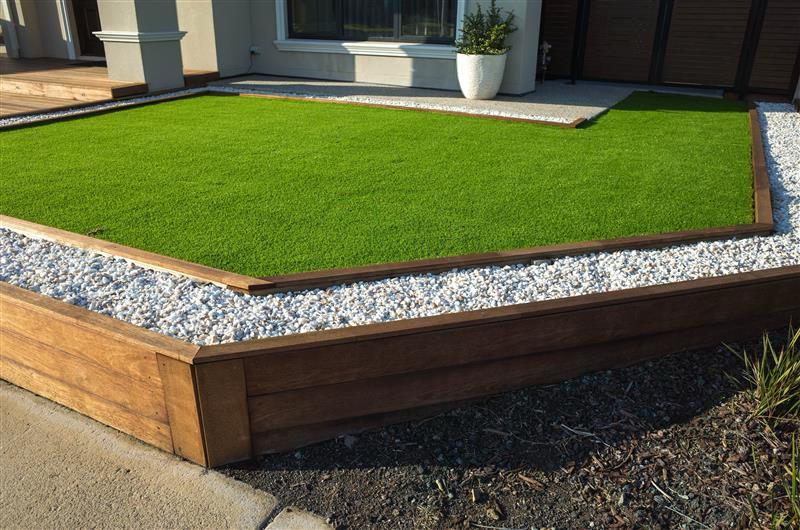
Pressure-treated timbers became common in the 1970s as a budget-friendly way to frame garden beds. Their rectangular shape stacks neatly, allowing for single-level borders or raised-bed designs. Choose rot-resistant varieties like cedar or redwood for longevity, and secure with rebar to prevent shifting. The natural wood grain complements rustic or woodland landscapes beautifully.
6. Recycled Plastic Edging
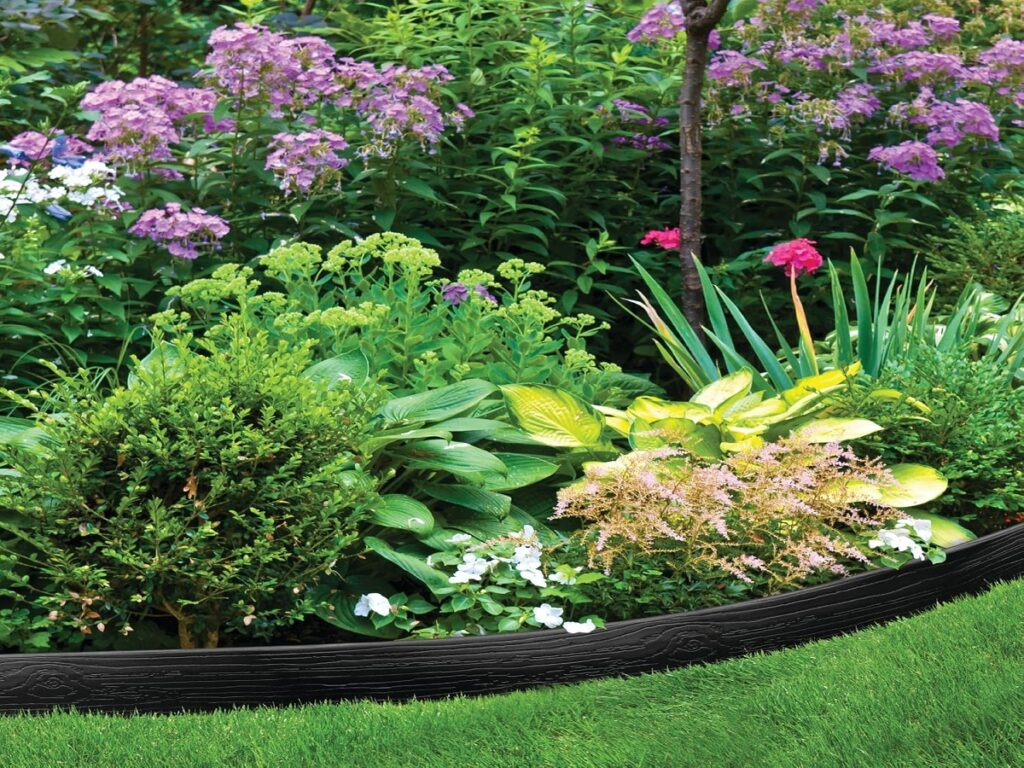
Eco-conscious gardeners embraced recycled plastic edging in the 1980s, appreciating its flexibility and long lifespan. Made from repurposed bottles or industrial plastics, it bends easily around curves and resists weathering. Dark colors blend with soil, while some products mimic the look of stone or wood. It’s a lightweight, low-maintenance solution that keeps waste out of landfills.
7. Terracotta Tile Borders
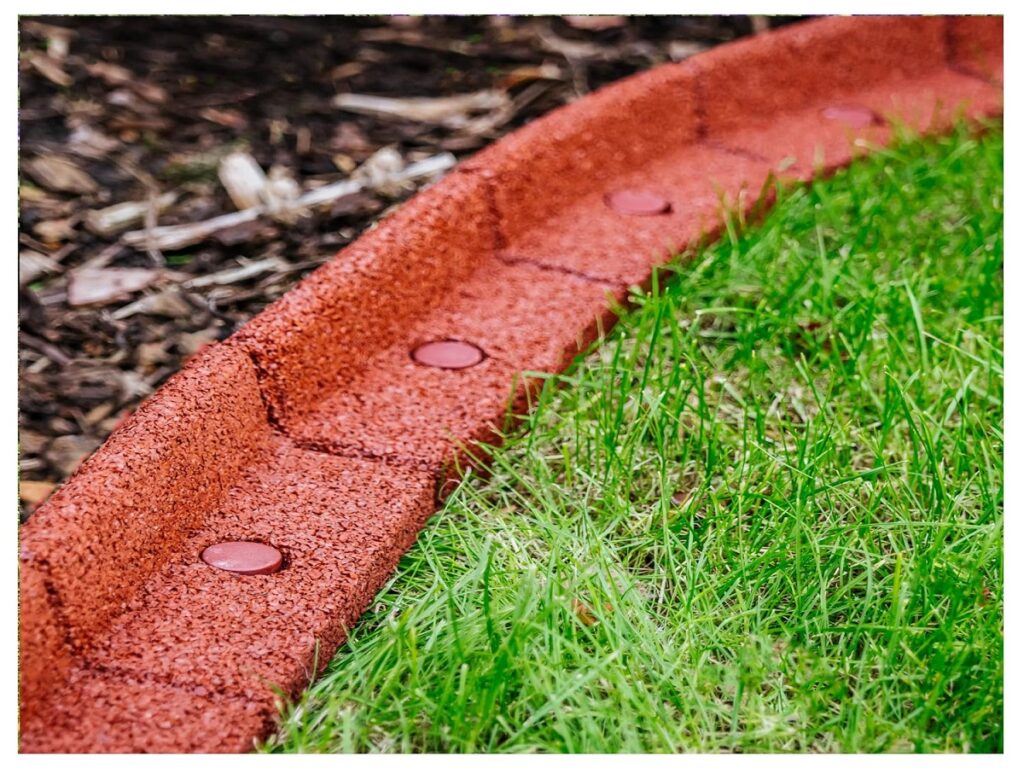
Mediterranean-style terracotta tiles became a design trend in the 1990s, bringing warm, earthy tones to garden paths. Their baked-clay composition withstands sun and moderate frost, while the curved shapes create a decorative scalloped edge. Set them slightly overlapping for extra strength and fill gaps with sand for a charming old-world appearance that matures gracefully.
8. Gravel-Filled Trenches
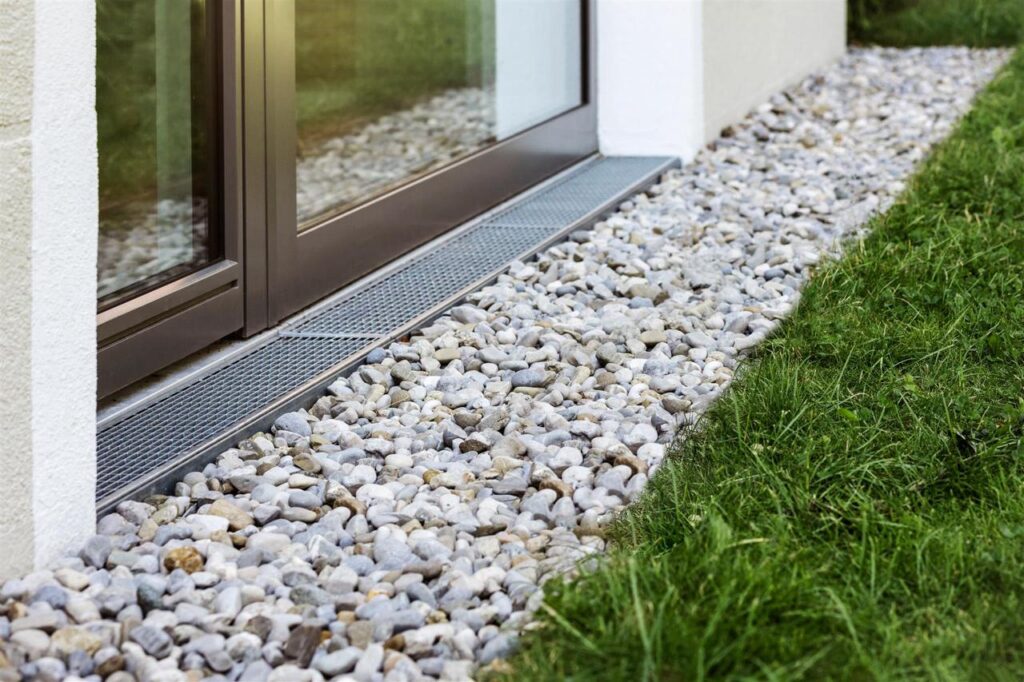
A minimalist idea that gained traction in early 2000s contemporary gardens, gravel trenches form a neat dividing line while aiding drainage. Dig a shallow V-shaped channel and fill with pea gravel or crushed stone. The loose material discourages weeds and provides a subtle crunch underfoot, defining beds without rigid structures and allowing easy redesign later.
9. Bamboo Roll Edging
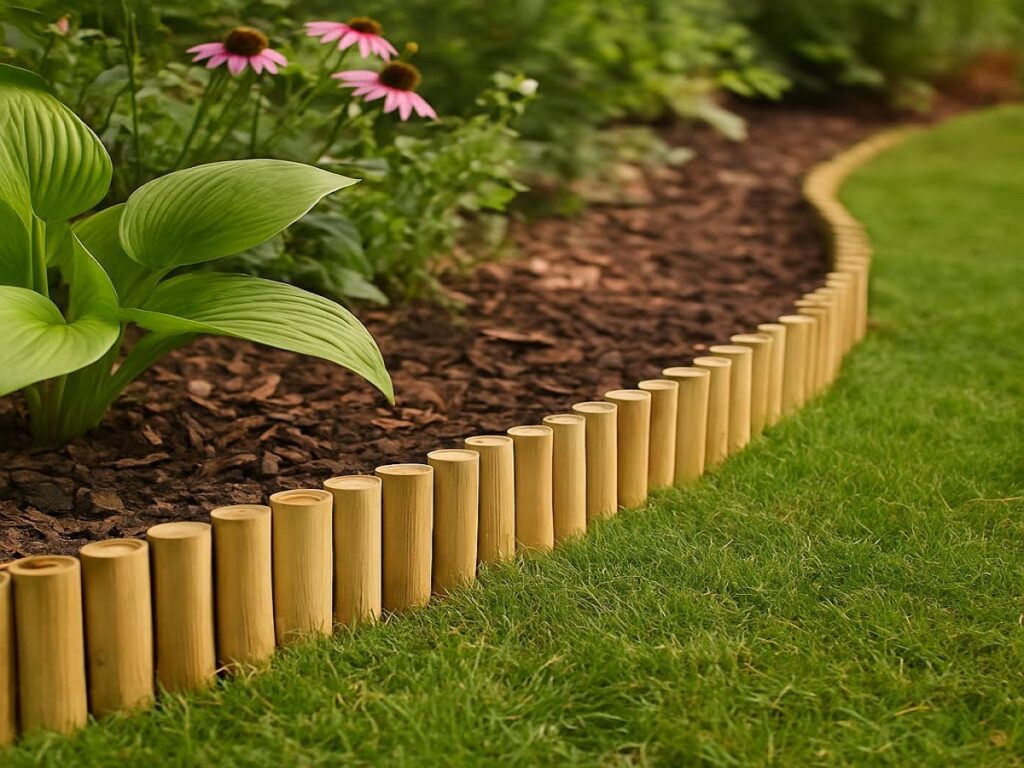
Popularized by Asian-inspired landscaping in the mid-2000s, bamboo edging offers a light, sustainable border. Pre-rolled panels of cut bamboo stakes are easy to install with garden staples. The natural tan hue pairs well with tropical plants, and a clear sealant can extend its life. It’s a renewable option that brings a relaxed, spa-like feel.
10. Flagstone Garden Border
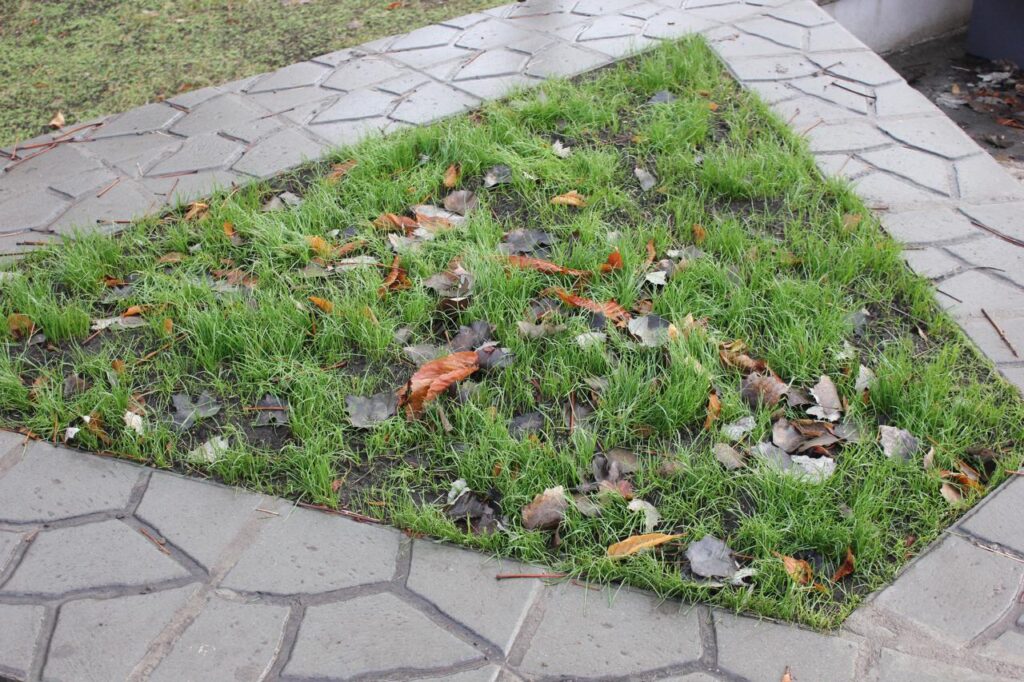
First popularized in rustic European estates of the early 1900s, flagstone edging delivers a timeless look and sturdy structure. Its irregular shapes create a casual, organic feel while still holding soil and mulch in place. You can dry-lay the stones for a natural effect or mortar them for permanence. Because flagstone comes in varied earthy hues, it complements both cottage gardens and sleek modern landscapes, adding subtle color shifts that grow richer as the stones weather over time.
11. Living Plant Borders
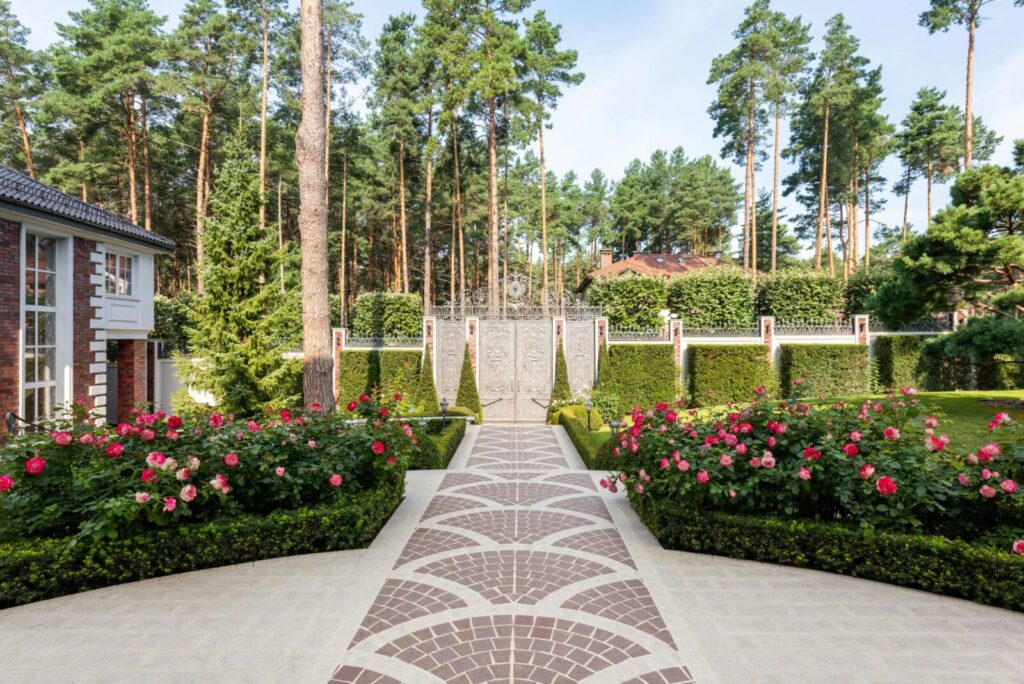
Edging with low-growing plants like boxwood or creeping thyme has centuries-old roots but saw a revival in eco-gardening circles in the 2010s. These living borders soften hard lines while naturally defining paths. Choose hardy, compact species and shear lightly to maintain shape. Besides visual charm, they attract pollinators and add seasonal fragrance to garden walks.
12. Reclaimed Materials Mosaic

Upcycling surged in the 2020s, inspiring gardeners to create edges from reclaimed bricks, broken tiles, or old pavers. This mosaic approach celebrates individuality and sustainability, turning leftover materials into functional art. Arrange pieces in repeating patterns or freeform designs, set in mortar or compacted sand, for a one-of-a-kind border that tells your garden’s unique story.
Comments